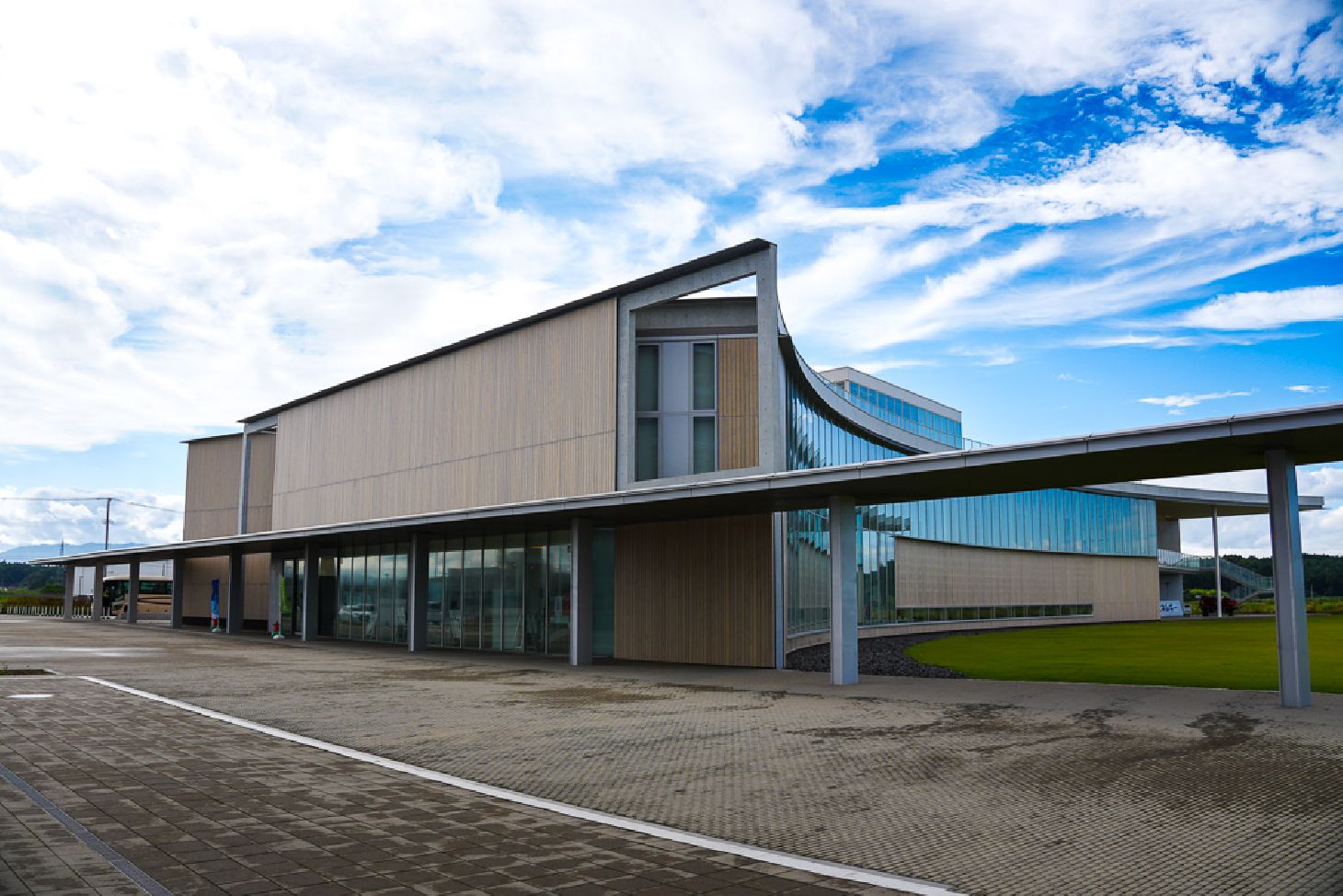
The Great East Japan Earthquake of March 11, 2011 devastated huge swathes of the Tohoku region; in Fukushima Prefecture alone, over 4,000 people lost their lives as a result of the disaster. Known by many locals as the triple disaster – earthquake, tsunami, and nuclear power plant failure – the events of 2011 stand as one of the most severe disasters in modern history.
Over ten years on, Fukushima is once again a bustling tourist destination.
Although citizens of coastal areas were ordered to evacuate in the immediate aftermath of the disaster, extensive revitalization efforts have allowed people to come back, and these days the ‘difficult-to-return’ zone covers just 2.2% of Fukushima Prefecture. Radiation levels are roughly the same as other world cities; you can learn more about safety in Fukushima here.
If you’re looking to learn first-hand about the disaster, here are some of the must-see locations on Fukushima’s eastern coast.
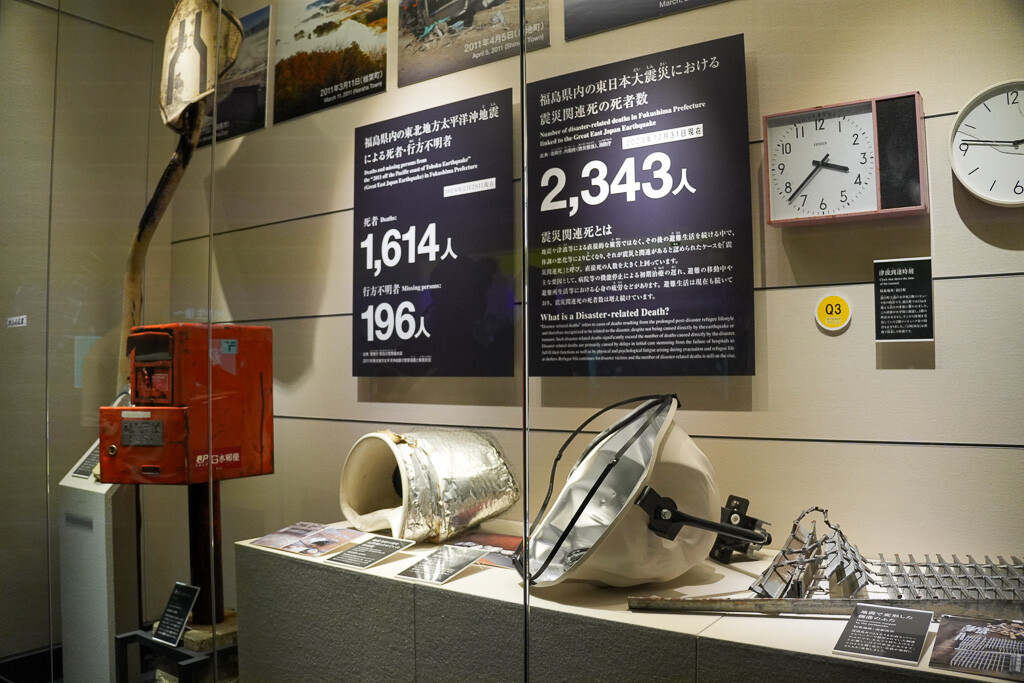
The Great East Japan Earthquake and Nuclear Disaster Memorial Museum
This museum, known to locals as Denshokan, accounts in great detail not only the events of the disaster, but the extensive efforts of local authorities to restore the region to its lively former self. This beautiful modern complex, completed in 2020, asks visitors to consider both of the destructive power of natural disasters, and the important lessons we can learn about disaster preparedness for future generations. Four times a day, local residents share their experiences of the events of March 2011 and answer questions from museum guests. Their testimony is both insightful and very moving, and for many travellers remains their most lasting memory of their visit.
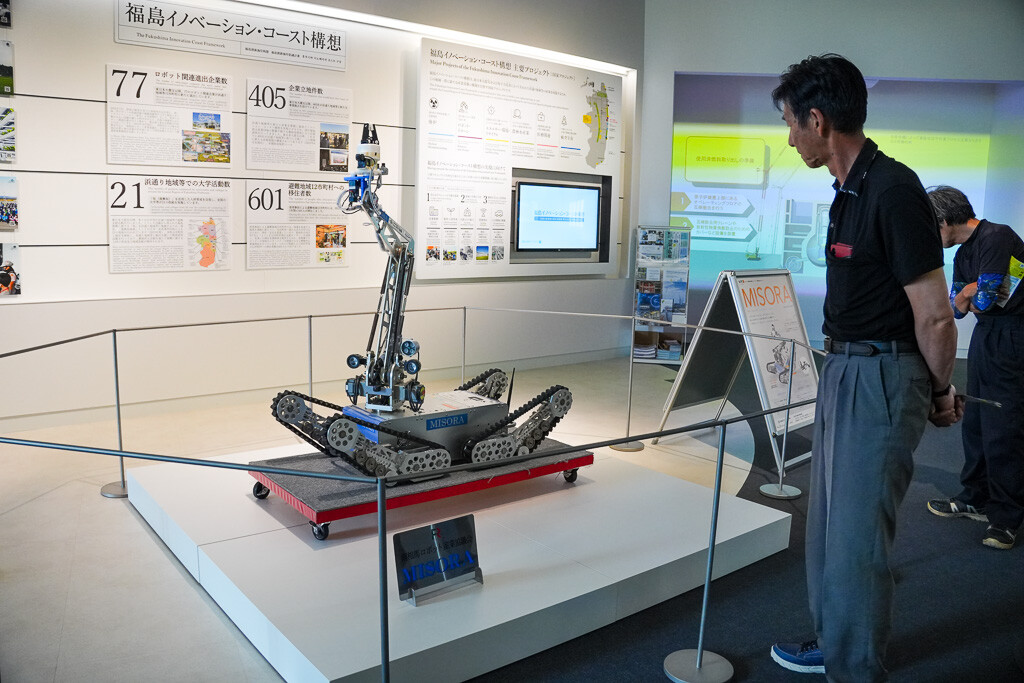
The museum is a mixture of written records and audiovisual materials, documenting the immediate response from local and national government, and features many interactive exhibits encouraging guests – especially students – to consider how a region should attempt to recover after a tragedy of this scale. Particularly charming are letters of support the people of Fukushima received from children worldwide in the wake of the disaster.
Adults enter for 600 yen; high school students or younger for 300 yen. To learn more about Denshokan and how to experience this beautiful modern museum for yourself, visit our dedicated web page.

Asano-Nenshi Futaba Office
Aside from the memorial museum, which is based in Futaba, you can also visit the Asano-Nenshi office, known to many as the ‘Super Zero’ towel factory. Established by an Asano-Nenshi executive who lived in Fukushima as a university student, the factory is perhaps the biggest and most significant visual indicator of a little town looking towards the future.

Futaba Town Art District
This seaside town was once home to roughly 7,000 people – currently the population is around one hundred and fifty people. Many of those who once lived in the disaster-affected area have made new lives for themselves elsewhere, but the people and the spirit of Futaba has been commemorated in the form of gigantic murals around the town. As you walk from mural to mural, it’s hard not to think of the lively townscape it must have been before the disaster struck over ten years ago.
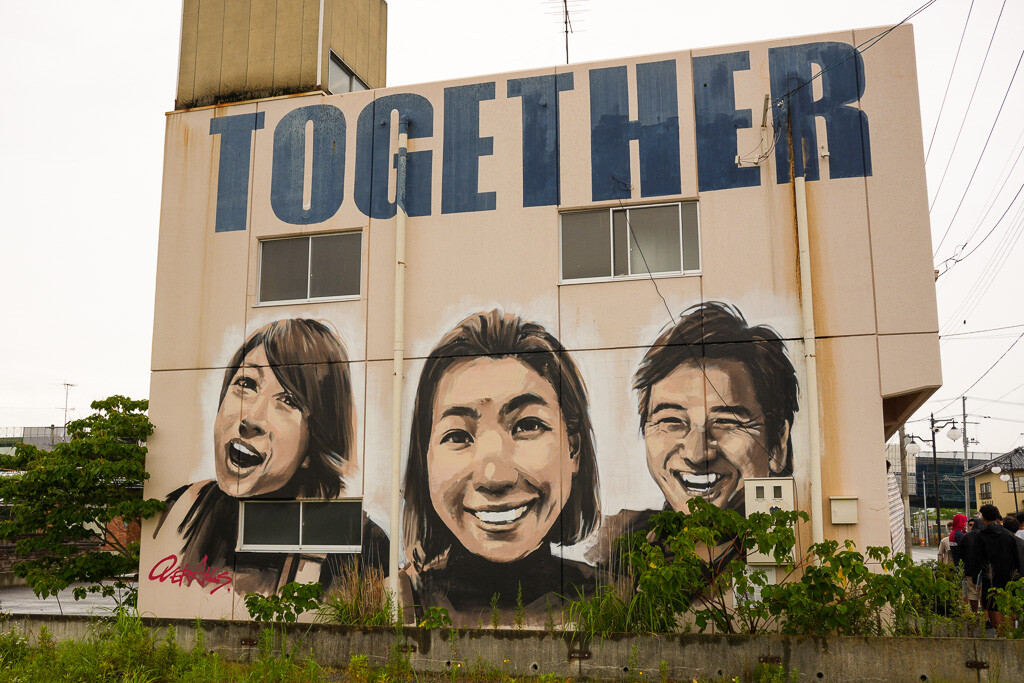
Read more about Futaba Town’s stunning art district.
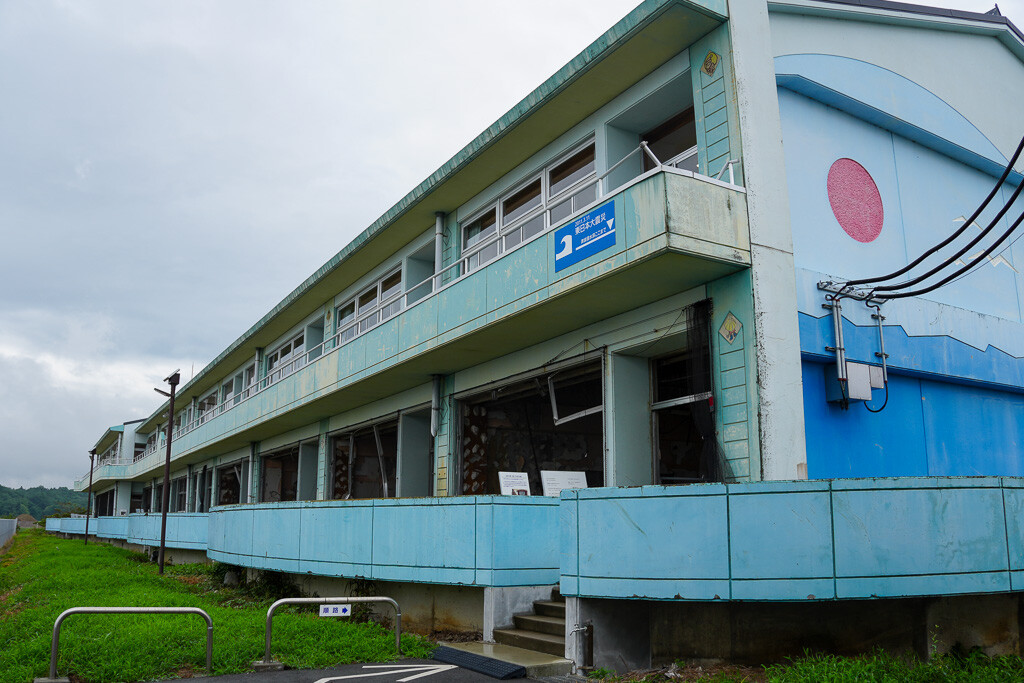
Ukedo Elementary School
Located in nearby Namie Town, Ukedo Elementary School is one of the most striking leftovers from the 2011 disaster. Built close enough to see the ocean, the school was ravaged by the tsunami 40 minutes after the initial quake – that no one in the school lost their lives has been hailed as a miracle. The school grounds, left largely untouched, are now a museum commemorating the remarkable story of how the Ukedo students and teachers safely evacuated on that fateful day in March 2011.
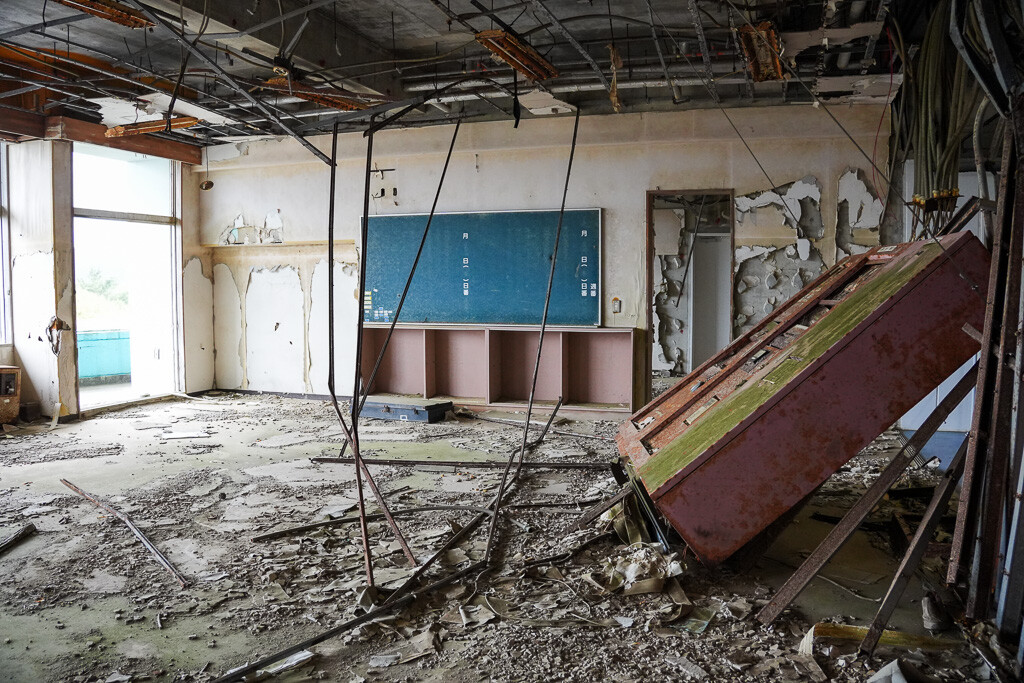
Visitors can wander the wreckage of former classrooms and witness the water damage on the walls and floors. Perhaps most awe-inspiring is the sight of the gymnasium, its floor punctured and warped by the immense pressure of the tsunami water.
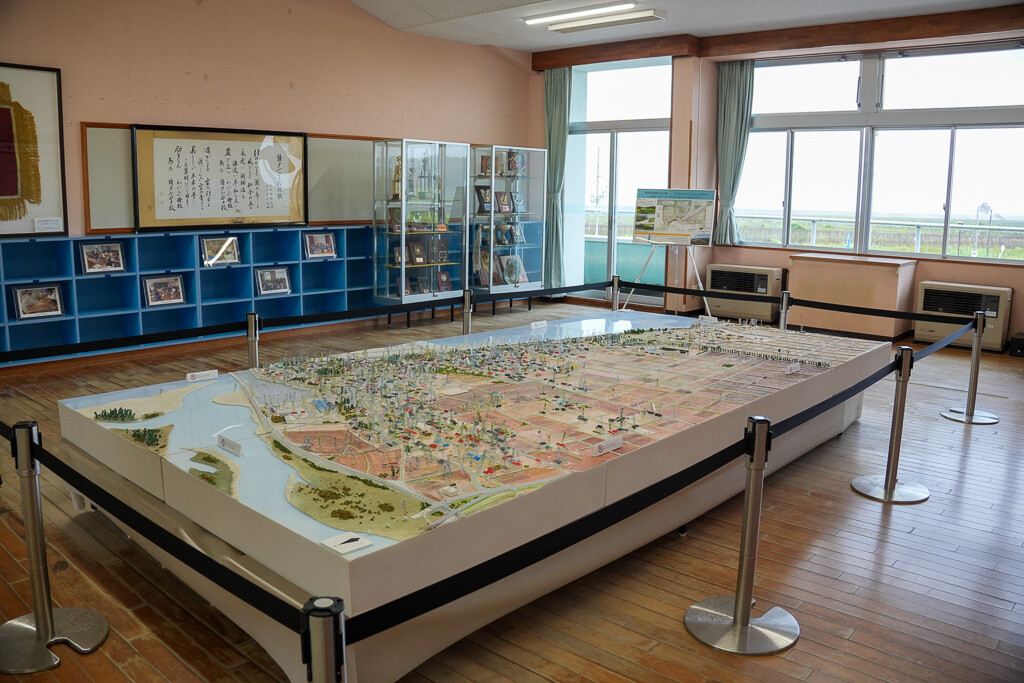
The upper floor of the building features some classrooms as they were before the disaster, and includes memorabilia and wreckage found by revitalization workers. A QR code at the entrance also provides support for other languages including English.
Entrance to the school costs 300 yen for adults, 200 yen for high school students, and 100 yen for elementary and middle school students. The building is closed on Tuesdays.
For more details about Ukedo Elementary School and other places to visit in Fukushima’s coastal region, see the Fukushima Travel website for more details.
If you'd like to visit the area for yourself, check out our dedicated itinerary of a recommended route.


